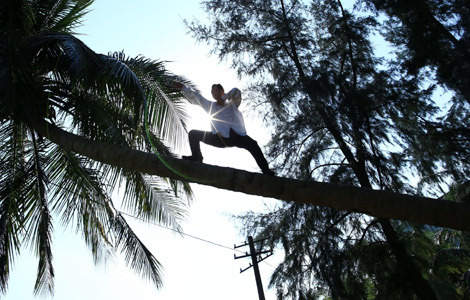China, a very attractive market for Spanish cava
Updated: 2013-10-26 11:26
(Xinhua)
|
|||||||||||
An oenologist will blend different base wines taking into account acidity, body and structure of the wines, among others. Afterwards, the "liquor de tirage", made up of yeast and sugar, should be added to the blend, then, the second fermentation begins.
The bottles will be taken down to the darkness of the caves where they will be stacked horizontally in rows for a minimum of 9 months (cava), 15 months (cava reserva) or 30 (cava gran reserva).
Once the second fermentation is finished, cava producers get rid of the dead yeasts cells and add the "Expedition liquor", which consists of base wines, sugars or each house spirits which provide a particular personality to the cava.
According to the sector, there is a very good harvest this year, "both in quality and quantity, adjectives that normally do not go together", said Gramona. This is due to a very cold, rainy and snowy winter, along with a cool spring.
"The good harvest makes cavas ( ... ) to age well, the quality is good, and regarding the amount, we will have a reserve after the short crop of last year and we will be able to face a possible bad vintage in the coming years," Gramona explained.
The sector expects to work hard next year, hoping that the economy revives.
Nowadays, they prepare the Christmas campaign, when the industry sells between 60 and 65 percent of the total consumption.
In Spain, it is traditional to toast with a glass of sparkling wine in Christmas and in other special dates. The cava industry tries to promote the product throughout the year, "not only to raise the glass and toast, but also as an aperitif and in every aspect of gastronomy," Gramona explained.
Related Stories
Chinese workers buying more properties in Spain 2013-09-03 17:30
Roadmap to boost China-Spain economic ties 2013-06-07 13:55
Spain's car sales down by 13.9% in March 2013-04-02 14:33
Spain might be beachhead for Chinese cars 2012-11-08 10:17
US stocks rally on Spain plan, China stimulus hope 2012-09-28 11:06
Today's Top News
Firms heading home as benefits wane in China
US urged to explain phone taps
Disclosure of WTO report rebuked
Vaccine gets nod for global use
Freer RMB 'can answer US claims'
'Dangerous provocation' condemned
Promoting baby formula prohibited in hospitals
Police told to protect medical workers
Hot Topics
Lunar probe , China growth forecasts, Emission rules get tougher, China seen through 'colored lens', International board,
Editor's Picks
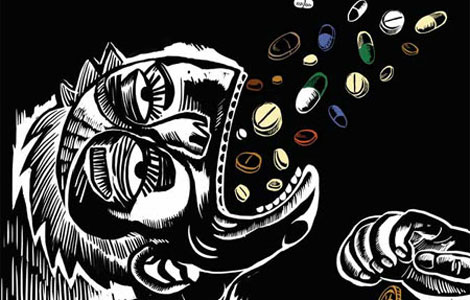
|
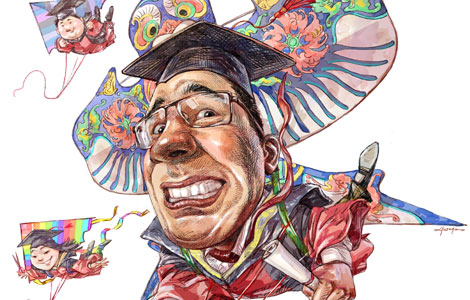
|
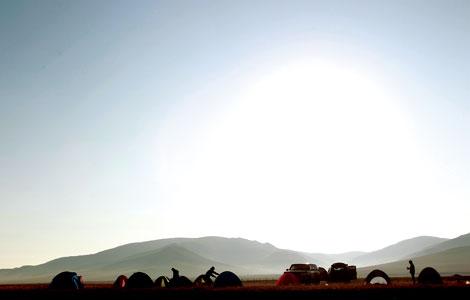
|

|
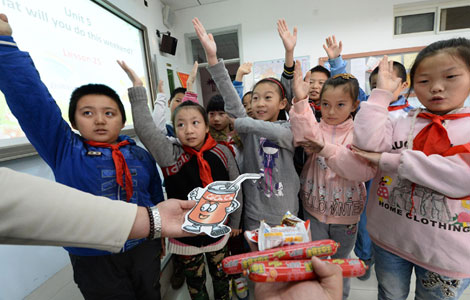
|
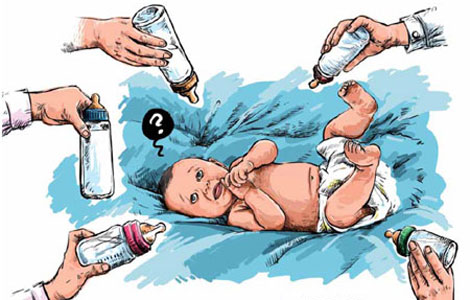
|



